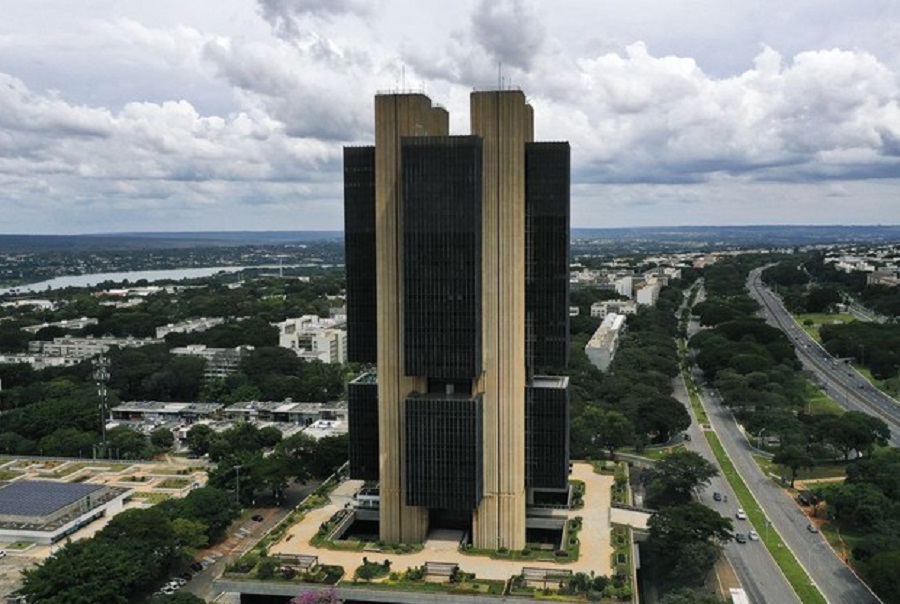RIO DE JANEIRO, BRAZIL – With rising inflation, the financial market expects that the basic interest rate will rise by 1.5 percentage points to 9.25% per year.
The current cycle of the SELIC rate hike began in March this year, when the rate rose from 2% to 2.75% per year.

The benchmark interest rate is used in the negotiation of government bonds issued by the Federal Treasury in the Special System for Settlement and Custody (SELIC) and is used as a reference for other rates in the economy. It is the Central Bank’s main tool for keeping inflation under control.
The Central Bank works daily in open market operations – buying and selling federal government bonds – to keep the interest rate close to the value set in the meeting.
When COPOM raises the benchmark interest rate, the aim is to contain heated demand, and this has an impact on prices because higher interest rates raise the cost of credit and encourage savings.
By lowering the SELIC, the trend is for credit to become cheaper, with an incentive to production and consumption, thereby lowering inflation control and fostering economic activity.
However, the interest rates for credit do not vary in the same proportion as the SELIC, because the SELIC is only part of the cost of credit. Banks also consider other factors when setting interest rates charged to consumers, such as default risk, profit, and administrative expenses.
COPOM meets every 45 days. On the meeting’s first day, technical presentations are made about the development and outlook for the Brazilian and global economies and the financial market’s behavior. On the second day, COPOM members, comprising the Central Bank’s board of directors, analyze the prospects and define the SELIC rate.
INFLATION
For 2021, the inflation target (Extended National Consumer Price Index – IPCA) to be pursued by the Central Bank, as defined last year by the Monetary Council, is 3.75%, with a tolerance interval of 1.5 percentage points plus or minus. That is, the lower limit is 2.25% and the upper is 5.25%.
According to the latest data released by the Brazilian Institute of Geography and Statistics (IBGE), however, the IPCA stood at 10.67% in the year-to-date result ending in October.

